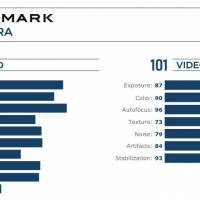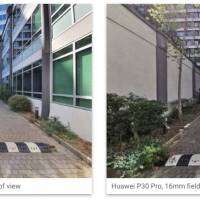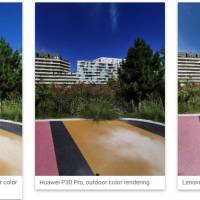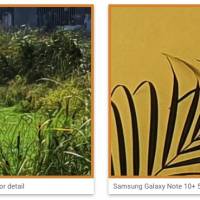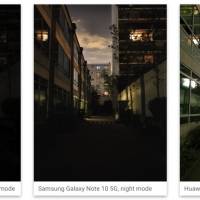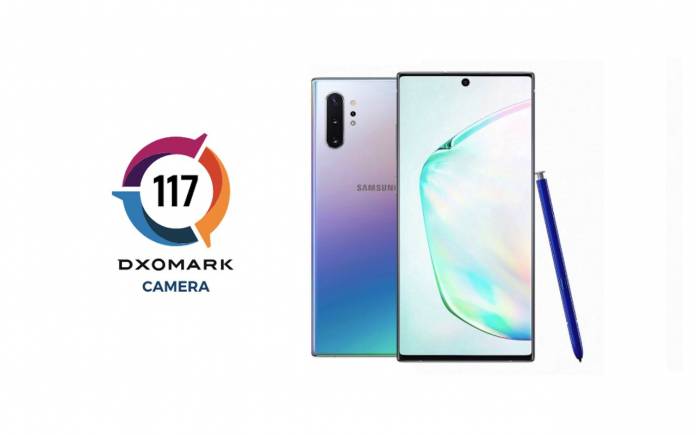
DxOMark is known for publishing comprehensive reviews of cameras of the latest smartphones available in the market today. Most of the phones tested are premium flagships but there are some mid-range devices part of the list. The latest we reported was the Nokia 9 PureView as the public has been wondering if all cameras would actually deliver. The latest post that topped the list was the Huawei P30 Pro with a score of 116 and tied with the Samsung Galaxy S10 5G. They’re no longer Number 1 because the new Samsung Galaxy Note 10+ 5G has just scored 117.
The new Samsung Galaxy Note 10+ 5G camera review is a product of a test protocol introduced by the DXOMARK Mobile team. It was introduced to tackle the ultra-wide-angle performance since most phones now feature ultra-wide-angle cameras. We remember the DxOMark Mobile test protocols being updated back in 2017 to keep up with advanced imaging tech.
Same time last year, retests were done on popular phones using the said standards. Earlier this year, the Selfie Overall Score started as a new protocol for front-facing cameras.
The new test protocol has been used on the newest Galaxy Note 10+ 5G. The same phone that set new records on DxOMark and DisplayMate last month has been retested. The test now also includes the revised low-light testing plus the new Night sub-score.
From the original Mobile Score of 113, the Samsung Galaxy Note+ 5G hit 117. It’s the highest so far. Indivial Photo score is 126 while Video Score is 101.
As expected, the Samsung Galaxy Note 10+ 5G allows accurate, fast, and repeatable autofocus. Indoors show with wide dynamic range while target exposures outdoors are accurate. You can notice pleasant and vivid colors in most conditions. Flash shots show high details while zoom shots at close and medium range offer good details.
Unfortunately, you will see some aliasing, ringing, and loss of detail. There’s occasional noise in dark areas in indoor/outdoor shots plus oversaturated color and occasional white balance casts. In long-range zoom shots, fine details are lost. In bokeh shots, depth estimation fails sometimes.
When it comes to video recording, we can expect good detail and well-managed noise, generally good exposure with wide dynamic range, bright and vivid color, effective stabilization, plus fast and accurate and repeatable autofocus. When you watch the videos, you may also notice a loss of texture, coarse noise, and pinkish color cast in low light. Exposure may not be stable when tracking though.



